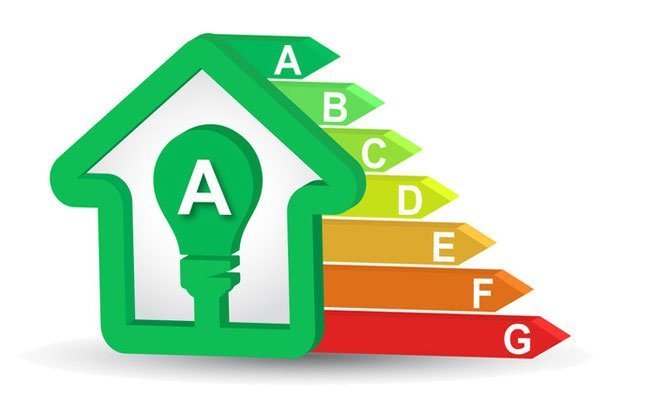We’re here to improve the comfort, safety
and health of your home and family.
Heating, Plumbing & Air Conditioning in the Bay Area
Air Conditioning
Heating
Our heating services include: furnace installation & expert furnace repair & maintenance. We service all brands & models.
Plumbing
Our professional plumbers have years of experience working on home kitchens, bathrooms, pipes and drains.
Home Energy Audit
We are a Home Energy Audit company with a focus on whole home energy efficiency.
Serving Pittsburg & the Contra Costa County with HVAC & Plumbing since 1974!
Need air conditioning & heating installation or repairs in Contra Costa County? Call Stewart Heating, Plumbing & Air Conditioning at (925) 203-9141 and see why your neighbors love us!
Since 1974 Stewart Heating, Plumbing & Air Conditioning has been dedicated to providing the best HVAC solutions for your needs, including commercial, industrial & residential heating and air conditioning in Pittsburg, CA & Contra Costa County. We do our projects right the first time and it shows, as our company is built on referral business. In 2008, approximately 65% of our business was from referrals. This enables us to focus on quality, and installing heating and cooling systems that work the first time, every time while meeting your unique design requirements.
If we don’t provide what you need and want, we’re not doing our job. Our employees are trained to ask questions and find out what your specific desires are, and then to see your job through from start to finish – ensuring your 100% satisfaction. We offer upfront pricing so you know exactly what you’re paying for. We are a green focused company, and provide home energy audits to help our customers move to more efficient homes.
At Stewart Heating, Plumbing & Air Conditioning, we provide a full range of services for furnace, mini-split, heat pump, and air conditioning repair and installation in Pittsburg & all of the Contra Costa County. Our skilled technicians are dedicated to delivering exceptional quality and customer satisfaction. With our integrity, friendliness, and commitment to excellence, we are the ideal choice for all your HVAC needs in Contra Costa County.
Plumbing & Drain Cleaning

Save $50
$50 Off Any Plumbing or Drain Cleaning Service.
*Not valid with any other offer
Water Heater Services
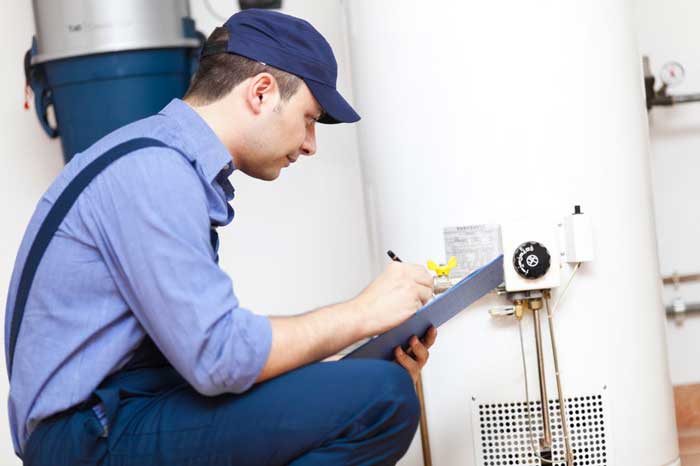
Residential Services
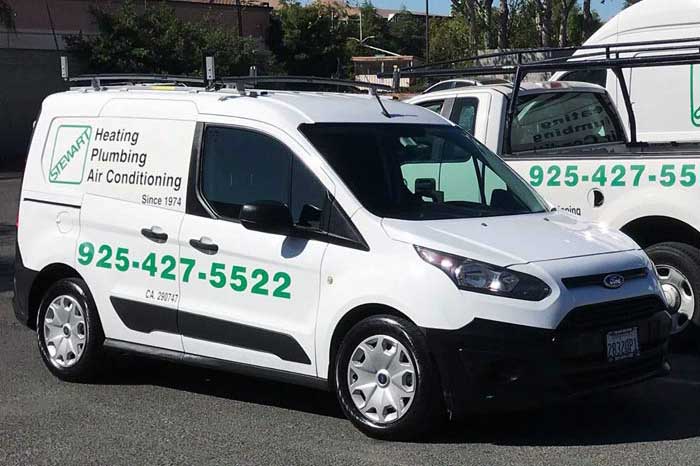
Save $100
$100 Off Whole House Service & Free Camera.
*Not valid with any other offer
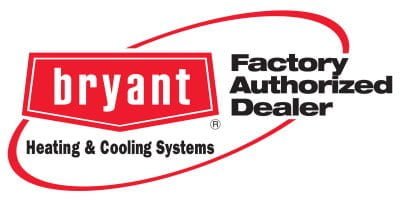
Bryant Factory Authorized Dealer
When choosing a dealer, look for the Bryant Factory Authorized Dealer symbol, which means your dealer has met the highest standards for superior skills, service, and a promise of 100% satisfaction guaranteed.*
It takes reliable service and technical know-how to stand out, and all our dealers do Whatever It Takes® day in and day out.
*100% Satisfaction Guarantee is good for one year after installation date. Due to ongoing supply constraints, Evolution controls may not be available at time of equipment installation, and dealers may install temporary, substitute controls. Consumer non-satisfaction resulting from the temporary controls shall not be subject to the 100% Satisfaction Guarantee. Evolution equipment shall be subject to this Guarantee once the communicating control is installed. See dealer for details.
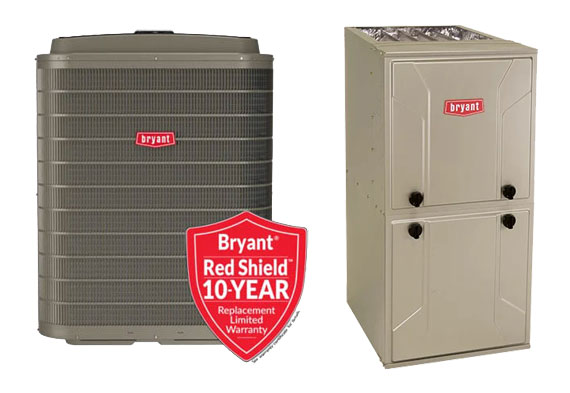
There’s Never Been a Better Time to Buy Bryant’s Highest Efficiency Systems.
Elevate your home comfort with top of the line heat pumps & gas furnaces that can deliver dependable heating performance, quiet operation and exceptional comfort and energy savings that is right for your home.
Whether you want our highest efficiency or our most economical system, we have a solution that will work for you.
How Your Home or Business Can Benefit From An Energy Audit
Part of our indoor comfort control solutions are home energy audits, for identifying areas where you home can be more efficient. This protects our environment, and protects your wallet!
Benefits of Scheduling an Energy Audit
- Greater Energy Efficiency
- Lower Energy Bills
- Greater Comfort
- Better Indoor Air Quality
- A Safer & Healthier Home
